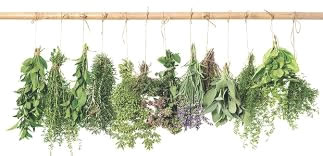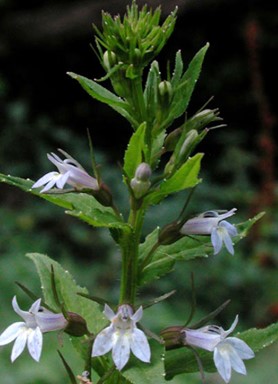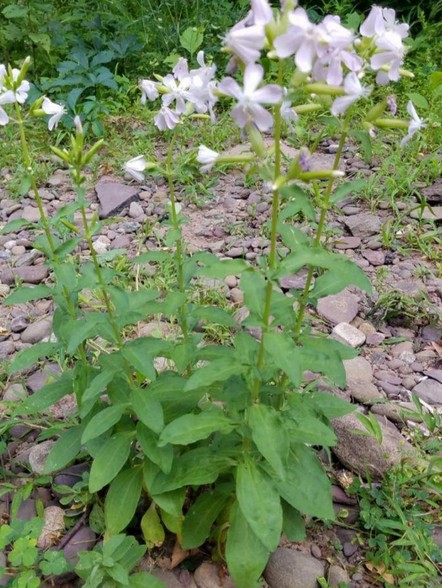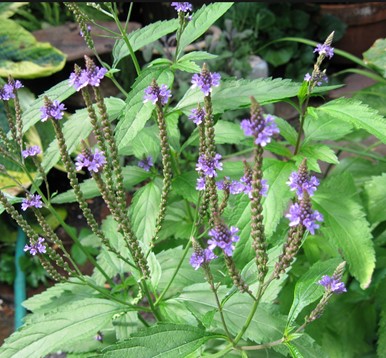HOW WE TREAT
How Does an Herbalist Provide Treatments?
Whether they are helping with common ailments, offering preventive care, or providing alternative treatments for chronic conditions, it is the use of plants that differentiates the herbalist from other professionals in natural medicine. But how does the herbalist know what plants to provide, and how do the herbs get where they are needed?
When someone is in good physical and emotional health, the body works so perfectly it seems it can’t really be as incredibly complex as the textbooks say. We might not even notice how comfortable we feel in our own skin. In fact, we hardly pay attention to our bodies at such times, because they work so well without us needing to attend to them!
Besides, our attention is needed by so many other things, isn’t it? We do our tasks and earn our livings and help our families and study and play and don’t get enough sleep and think too much and have too many relationships and eat too many donuts, and one day, suddenly, we wake up and find it’s hard work just to get out of bed.
To an herbalist it doesn’t matter too much if the client can’t pinpoint when it all started. The initial consultation, along with experience and training, tells the herbalist which of the client’s internal systems are most likely to be out of balance biochemically. Since simple chemicals in plants are the same as those in humans, and the more complex sets of chemicals in human systems overlap systemically and functionally with that of certain plants, it is possible for the herbalist to determine a combination of plants that will help to balance a client’s out-of-kilter system. Once the climate of the body is more balanced, the bodt will use its own immune system and its own methods to heal itself
In other words, herbs are less “the cure” than they are an intelligent intervention that allows stabilization to occur. And with stabilization, the very lifeforce of the body will help the person return to a state of wellbeing.
How do herbalists introduce herbs into the body so that they can help stabilize the body?
Herbalists usually provide the client with a mixture of plants. This might be:
- a. In the form of dry herbs mixed by the herbalist for the client to make into tea. If the herbs need to be stronger, the herbalist will instruct the client to boil them in a pot, then strain the herbs out and drink the liquid, which is called a decoction. Teas and decocttions are most effective for problems in the digestive system, the urinary system, or with sleep.
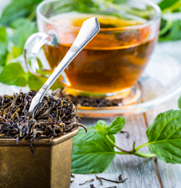
-
b. In the form of a syrup or glycerol, pre-made by the herbalist by cooking it in honey or glycerine or some other sweet substance. This is given in a bottle to the client who will measure it out in doses (usually in a teaspoon) as explained by the herbalist. Syrups and glycerols are useful for children and many adults (see “tinctures” below).
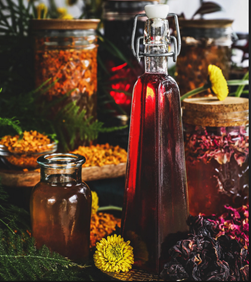
-
c. In the form of a tincture of herbs steeped by the herbalist for a month or so in alcohol of the right percentage and amount.
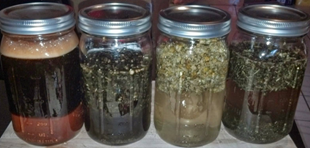
The herbs are then strained out and the liquid is put in a dropper bottle.
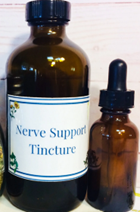
The client then puts the right number of milliliters into a small glass of water and drinks it down quickly. This (and another alcohol-based remedy known as a fluid extract) is the strongest way to take herbs by mouth. It is also used if the herbs taste bad in tea. If the client cannot take alcohol, it is still possible to take tinctures. All that is needed is to measure out the next day’s doses the night before, and leave it in uncovered containers. The alcohol will evaporate, but the chemicals from the herbs will remain in the container in the water that is left.
I recognize that many adults are not exactly enthusiastic about taking tinctures because many tinctures are bitter or because of the alcohol. Some may find the evaporating approach to bothersome. For these clients, I prepare tinctures in a honey base from which the alcohol may or may not be removed, according to the client's wishes. To them, I am the honey herbalist.
- d. In the form of a scent to be breathed in. The scents are made from the pure essential oils of certain plants and mixed by the herbalist. The client puts the mixture in drops into a bowl of hot water and covers their head with a towel over the bowl to breathe in the formula.
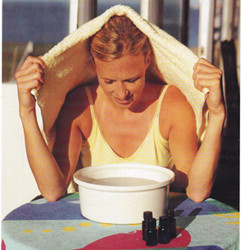
- Or, if they have a diffuser, the mixture can be put in there.
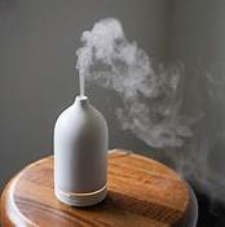
- e. In the form of a capsule. This would almost always not be a combination of herbs, but a single powdered herb or other extract of one herb, meant to support other means of imbibing herbs.
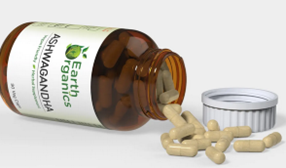
- f. In the form of creams or salves or oils to be put on the skin in a number of different ways.
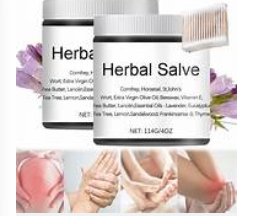
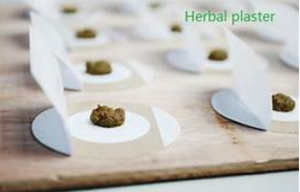

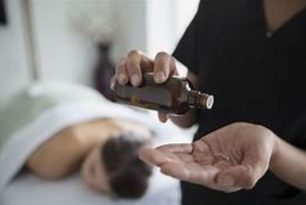
Because plant molecules are broken down by heat or maceration by the herbalist beforehand, the herbs’ chemicals are quite small and are then able to be absorbed through the skin into the blood capillaries, where the chemicals then go into the blood vessels to the rest of the body and particularly to the area needing them.
